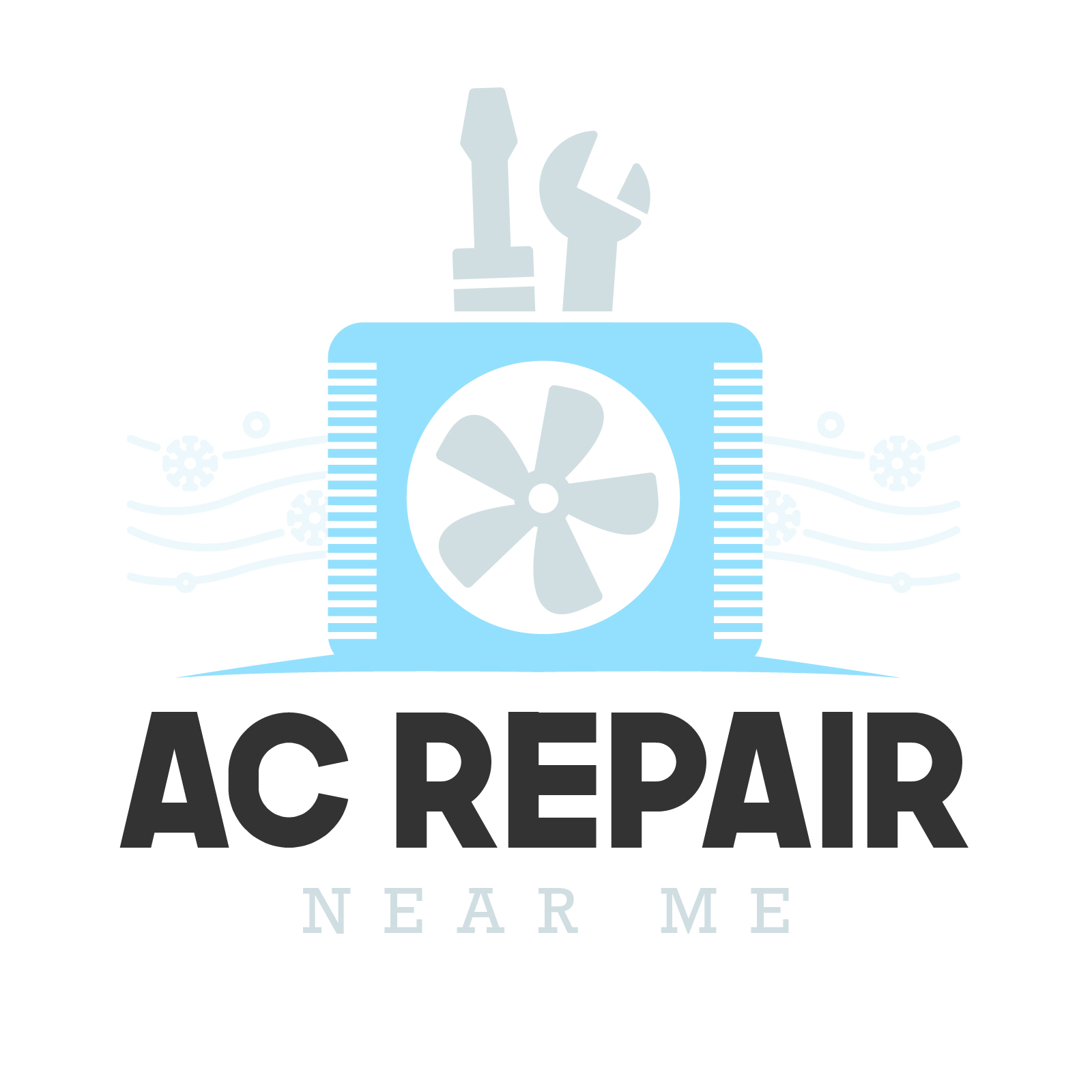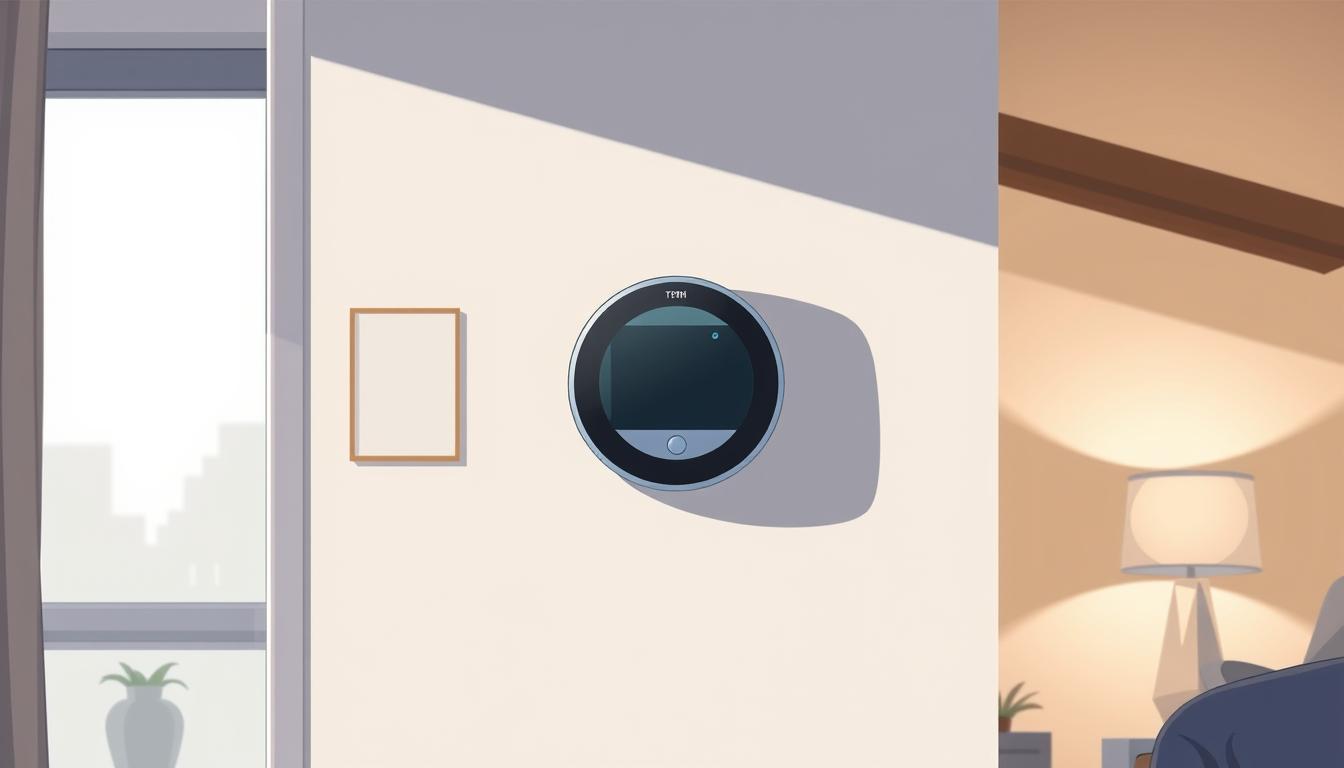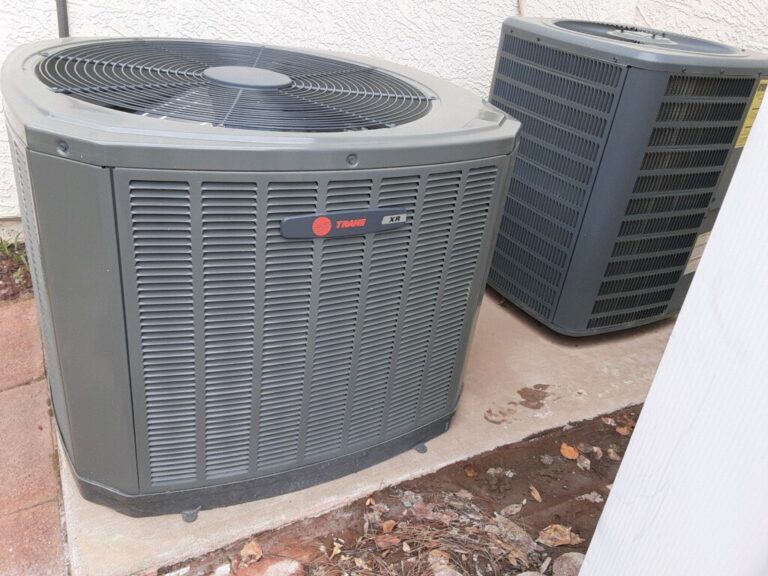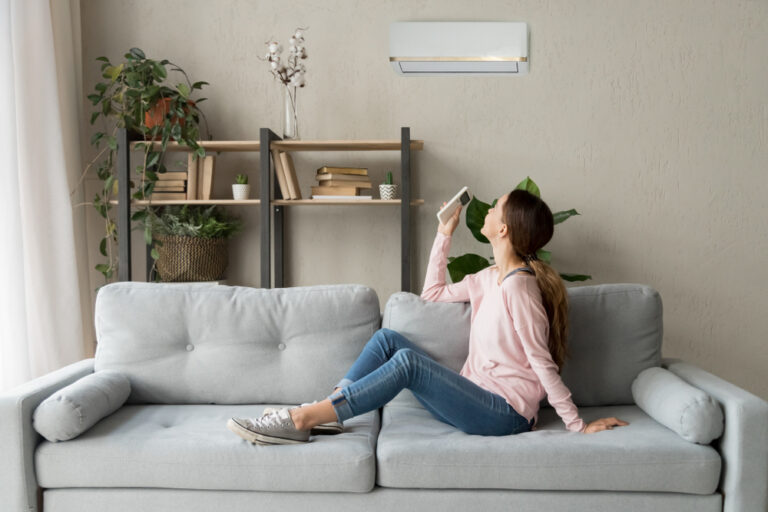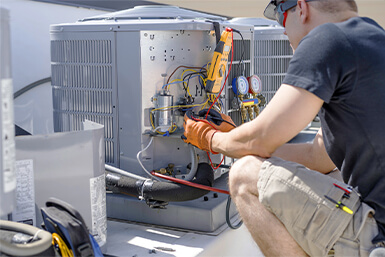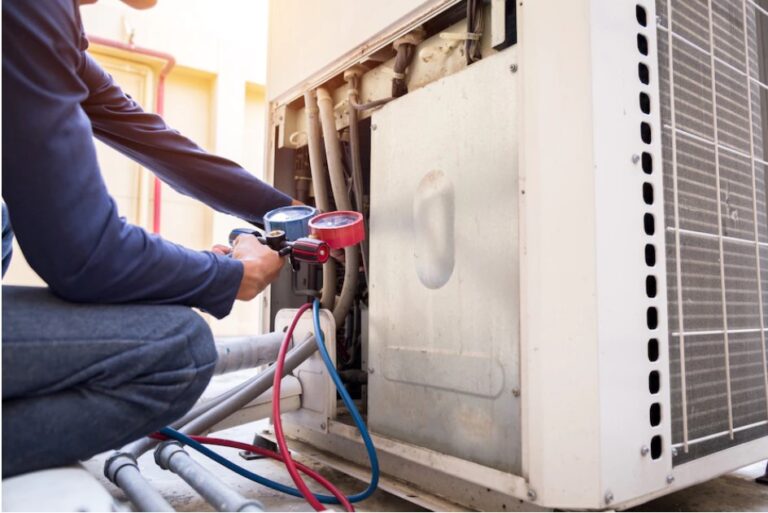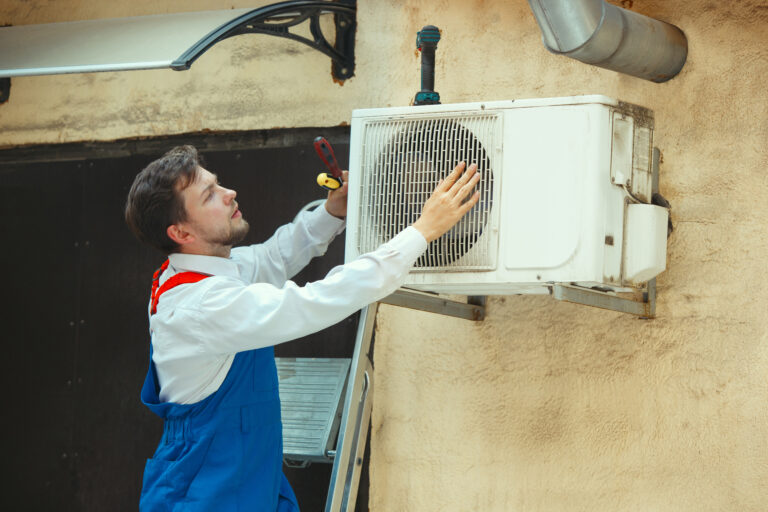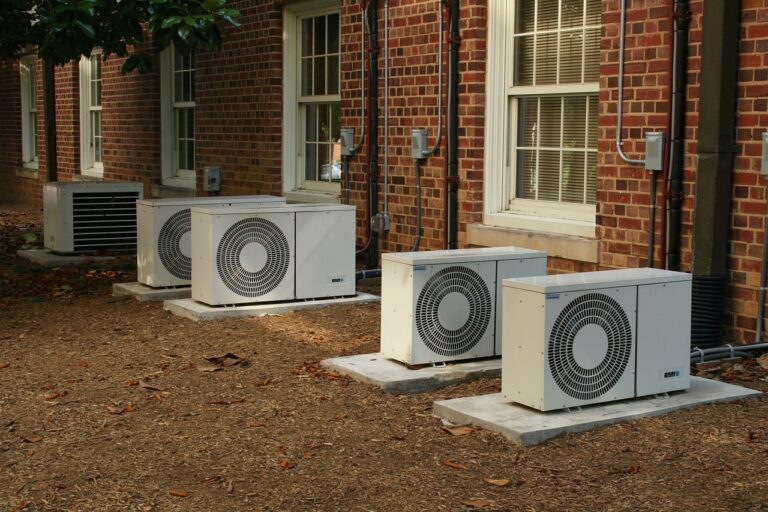Common Thermostat Problems That Could Affect Your AC Performance
When the temperature inside your home isn’t just right, it’s easy to blame the air conditioning unit. However, the real issue might be with the thermostat that controls your HVAC system. Even minor thermostat issues can significantly impact cooling efficiency, leading to increased energy consumption and uncomfortable indoor temperatures.
Identifying problems with your thermostat early on can prevent unnecessary repairs and maintain a comfortable indoor climate. This guide will help you diagnose common thermostat problems that could be affecting your AC performance. We’ll cover a range of issues, from power problems to maintenance concerns, and provide practical solutions you can implement yourself to get your system running smoothly again.
Key Takeaways
- Minor thermostat issues can significantly impact AC performance and energy consumption.
- Early identification of thermostat problems can prevent unnecessary repairs.
- A faulty thermostat can lead to uncomfortable indoor temperatures.
- This guide provides practical solutions to common thermostat issues.
- Regular maintenance can help prevent thermostat problems.
Understanding Your Thermostat’s Role in AC Performance
Understanding how your thermostat interacts with your HVAC system is essential for efficient cooling. Your thermostat is the brain of your HVAC system, responsible for communicating your home’s heating and cooling needs.
It continuously monitors the home’s environment and gives the system further instructions. Modern thermostats use sensors to detect ambient temperature and send electrical signals to activate or deactivate various components of the cooling system.
How Your Thermostat Controls Your HVAC System
The thermostat functions as the central command center, monitoring, interpreting, and communicating temperature needs. It sends signals to the AC unit, triggering the compressor, fan, and other essential components. This communication pathway is crucial for the efficient operation of your HVAC system.
The Impact of Thermostat Issues on Cooling Efficiency
Even minor thermostat malfunctions can lead to significant cooling inefficiencies, causing the system to work harder than necessary. Thermostat issues directly impact energy consumption, potentially leading to increased utility bills and unnecessary wear on AC components. Proper thermostat calibration is crucial for maintaining optimal cooling efficiency and consistent indoor comfort.
Signs Your Thermostat Is Causing AC Problems
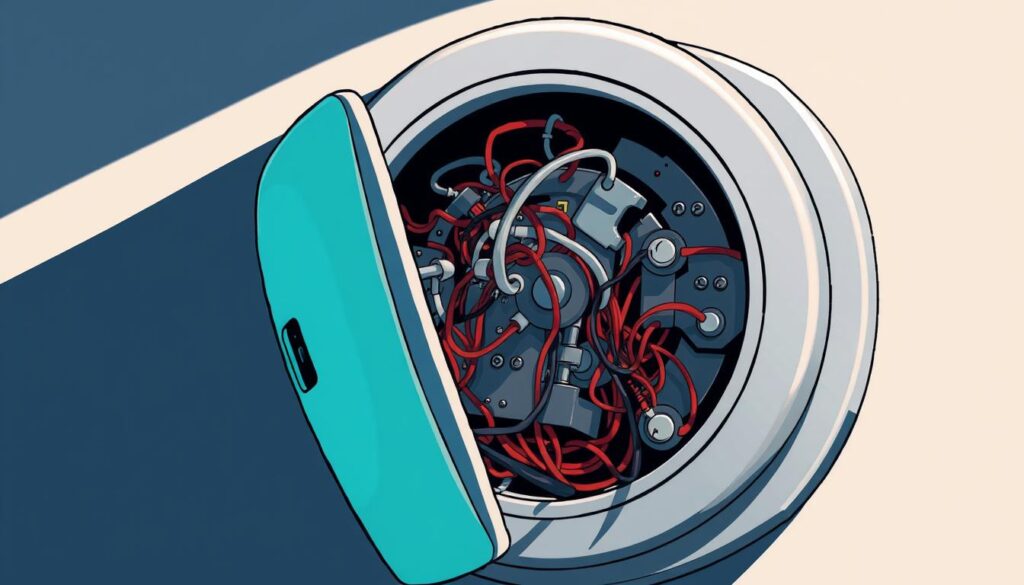
Identifying thermostat-related problems is crucial to maintaining your AC’s optimal performance. A faulty thermostat can lead to increased energy bills and discomfort in your home.
“A malfunctioning thermostat can cause your HVAC system to work inefficiently, leading to higher energy costs,” says experts. When your energy bills suddenly jump much higher than usual, your thermostat could be the guilty party.
Temperature Inconsistencies Throughout Your Home
Temperature variations between rooms can indicate thermostat sensor problems. Some areas may feel too warm while others remain too cool due to the thermostat’s inability to accurately read the room temperature.
Short Cycling or Continuous Running
Short cycling occurs when your AC turns on and off frequently, often triggered by thermostat issues. Conversely, continuous running happens when the AC never shuts off because the thermostat fails to recognize when the desired temperature has been reached.
Unresponsive Controls or Blank Display
Telltale signs of unresponsive thermostat controls include blank displays, frozen screen, or buttons that don’t register when pressed. These symptoms not only cause discomfort but can significantly increase energy consumption and accelerate wear on AC components.
Power-Related Thermostat Issues
When your thermostat malfunctions, it often comes down to power-related issues that are easily overlooked. Ensuring your thermostat has a stable power source is crucial for its operation.
Dead or Dying Batteries
Battery-powered thermostats can experience intermittent performance issues as batteries weaken. This often manifests as dimming displays before complete failure. To resolve this, check and replace the batteries with the correct type and follow proper installation techniques.
Tripped Circuit Breakers
For hardwired thermostats, power surges can trip circuit breakers, causing complete system shutdown. Check your main circuit breaker to see if any circuit is flipped to the “off” position and flip it back to “on.” This simple step can often resolve the issue.
Electrical Connection Problems
Loose or corroded wire connections within the thermostat can cause erratic behavior. Smart thermostats, in particular, require consistent power to maintain their programming and connectivity features. If you notice issues with your thermostat’s screen, check the power source and connections. For complex issues, consider consulting a professional. You can learn more about troubleshooting thermostat issues on our page: Why is my thermostat not working
Common Thermostat Problems Affecting Temperature Regulation
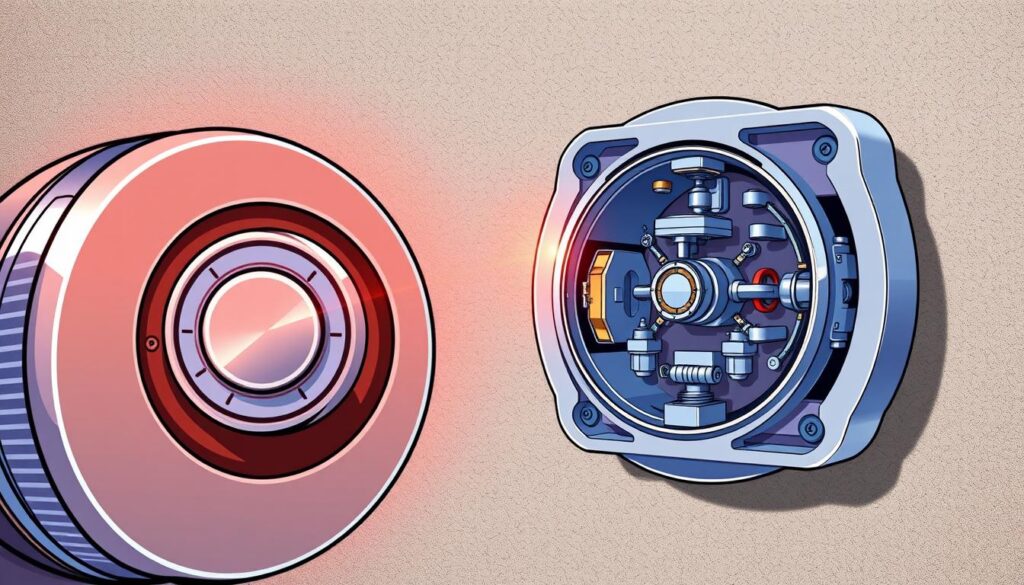
Thermostat problems related to temperature regulation are common issues that can compromise your HVAC system’s performance. These problems not only affect your comfort but also impact your energy efficiency.
Thermostat Not Reaching Set Temperature
A thermostat that fails to reach the set temperature can be frustrating. This issue can stem from sensor problems, calibration issues, or poor communication with the HVAC system. To troubleshoot, check if the thermostat’s sensor is clean and if it’s properly calibrated. Ensure that the thermostat is correctly communicating with your HVAC system.
Incorrect Temperature Readings
Incorrect temperature readings can cause your AC to run longer or shorter cycles than necessary. This can be due to the thermostat not being level on the wall, especially for those with a mercury bulb. To fix this, turn off the power supply, unmount the thermostat, and remount it using a level to ensure it’s perfectly level. You can also verify the temperature reading using an independent thermometer.
Thermostat Settings Reverting Unexpectedly
Smart thermostats can sometimes revert to default or previous settings unexpectedly due to software glitches or power interruptions. If this happens, try resetting the thermostat or performing a factory reset if necessary. Regular software updates can also help prevent such issues.
These temperature regulation issues directly impact both comfort and energy efficiency, making them important to address promptly. By troubleshooting and resolving these common thermostat problems, you can ensure your home remains comfortable while keeping your energy bills in check.
Installation and Placement Issues
The performance of your home’s HVAC system is significantly influenced by the thermostat’s installation and placement. A thermostat that is not installed correctly or is placed in an inappropriate location can lead to inaccurate temperature readings, inefficient cooling, and premature system wear.
Improper Thermostat Location
Thermostat placement is critical for accurate temperature sensing. Placing a thermostat in direct sunlight, near air vents, or close to appliances can cause false temperature readings, triggering improper AC operation. To ensure optimal performance, thermostats should be mounted approximately 5 feet above the floor, on interior walls, and away from drafts and heat sources.
Incorrect Mounting and Leveling
Improper mounting, including unlevel installation, can affect the mechanical components in older thermostats, leading to inaccurate temperature control. Ensuring that the thermostat is level and securely mounted is crucial for maintaining precise temperature regulation.
DIY Installation Mistakes
While DIY projects can be cost-effective, thermostat installation and wiring are tasks best left to professionals unless you have experience working with electricity. Common DIY mistakes include improper wiring connections, incorrect programming, and failure to consider compatibility with existing HVAC systems. These mistakes can lead to short cycling, inefficient operation, and potentially damage your home’s wiring.
| Installation Issue | Potential Consequence |
|---|---|
| Improper Thermostat Location | Inaccurate Temperature Readings |
| Incorrect Mounting and Leveling | Inaccurate Temperature Control |
| DIY Installation Mistakes | Short Cycling, Inefficient Operation |
Maintenance-Related Thermostat Problems
Maintenance-related problems can significantly impact your thermostat’s performance and overall AC efficiency. Regular maintenance is essential to prevent issues that can lead to increased energy bills and reduced system lifespan.
Dust and Debris Buildup
Dust, dirt, and debris can accumulate inside the thermostat housing, interfering with its sensors and mechanical components. This buildup can cause erratic operation, leading to inconsistent temperature control. To clean your thermostat, gently open the case and brush away any debris, paying special attention to the contacts.
Aging Thermostat Components
Most thermostats have a useful life of about 10 years. As they age, their accuracy and responsiveness can decline. Signs of an aging thermostat include inconsistent operation and difficulty maintaining settings. If you suspect your thermostat is aging, consider consulting an HVAC professional for a replacement assessment.
Loose Wiring Connections
Vibrations from HVAC equipment and normal home activities can loosen internal wiring connections over time, creating intermittent problems. Regularly inspecting and tightening these connections can help prevent issues with your system. It’s also crucial to include thermostat maintenance in your overall HVAC system care routine.
Troubleshooting Your Thermostat
Before calling a professional, there are several steps you can take to troubleshoot your thermostat and potentially resolve the issue. Troubleshooting your thermostat can help identify and fix problems early, ensuring your HVAC system operates efficiently.
Basic Reset Procedures
To start troubleshooting, try resetting your thermostat. The process varies by manufacturer, but for a Trane thermostat, press the plus (“+”) and minus (“-”) keys simultaneously for three to four seconds. This soft reset preserves your settings and can resolve minor glitches. For more detailed guidance, you can visit https://www.conditionedairinc.com/blog/troubleshooting-thermostat.
Checking and Replacing Batteries
If your thermostat is battery-powered, check the batteries. To do this safely, open the thermostat housing, usually by gently prying it off or removing screws. Check the battery status and replace them if necessary. Ensure you handle the internal components with care to avoid damage.
Cleaning Your Thermostat Safely
Dirt and dust can affect your thermostat’s performance. Use a soft brush or compressed air to clean the internal components. Be cautious not to touch sensitive parts. Regular cleaning can prevent issues and maintain your thermostat’s accuracy.
As emphasized by experts, “Regular maintenance of your thermostat is crucial for the optimal performance of your cooling system.” – This highlights the importance of keeping your thermostat clean and functional.
After troubleshooting, test your thermostat to ensure it’s working correctly. Adjust the temperature and verify that your HVAC system responds appropriately. If issues persist, consult the manufacturer’s documentation or contact a professional.
When to Call a Professional HVAC Technician
Thermostat issues can be frustrating, but knowing when to seek professional assistance is key to resolving the problem efficiently. If you’ve tried basic troubleshooting steps like changing batteries, unlocking, resetting, and cleaning the thermostat, and the issue persists, it’s time to call an HVAC technician.
Persistent problems, electrical issues, or compatibility concerns with your HVAC system warrant professional assessment. A technician can determine whether your thermostat needs repair or replacement, considering factors like age and condition.
When upgrading to smart thermostats, professional installation ensures compatibility and proper setup. Technicians can also identify related HVAC system issues that might be contributing to performance problems, helping you avoid increased energy bills.
To ensure safety and optimal performance, it’s crucial to select a qualified HVAC technician. Look for certifications and ask relevant questions before hiring.
